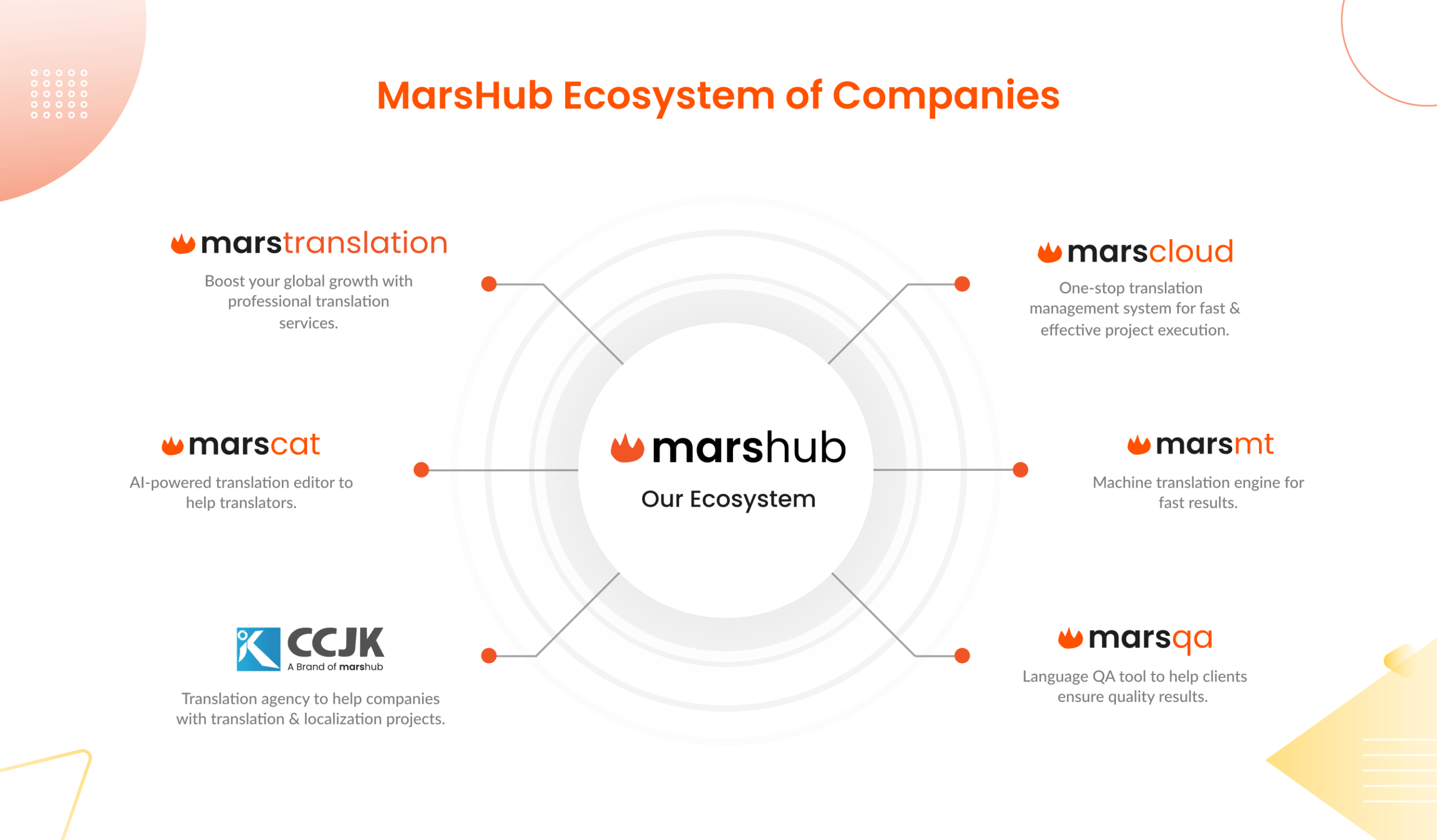Have you ever wondered why some companies, doing really well in the domestic market, struggle to capture good market share in foreign regions? The difference, often overlooked, lies in their localization strategy.
A company wishing to make big bucks in another market is faced with a problem every time it decides to step out of its native market because of a poor localization approach. Many of them fail to understand that they need to “think global but act local” when developing their localization plan. As a result – they end up losing valuable sales in a new market and lagging behind the competition.
So how does working on your brand localization actually result in making your product more appealing? Here’s a look at what localization strategy really is and how you can improve it to grab global customers’ attention.
Localization Strategy – A Spotlight:

A localization strategy is a company’s plan of adapting its offerings, content, and other material to a new market. This also means that the company has to consider the differences in culture, language, social norms, and customer behavior in the new market.
The key to connecting with your customers is to adapt your offerings to fit their needs, culture, and social preferences. Your localization strategy should take into account the markets to target, the culture and purchasing behavior in these markets, and the modes of payment that its people adopt.
Taking time to research and evaluate the target markets will make it easy for you to craft your localization strategy accordingly. However, there are some tips that you can follow to adapt your business according to the target markets. Here are a few:
Tips to Improve Your Localization Strategy:
If you have already tried your hand at crafting a localization strategy for target markets, chances are you have been disappointed with the results. The reason for that may be owing to some error in the localization process. The tips to stay at the top of the game are quite simple, yet require time and effort.

1. Learn from the Locals:
When it comes to localizing your content according to the target market, no one understands how to do it better than the locals. Reach out to local experts and prospective employees who are natives of those target markets. You must know the markets you are planning to do business in, as failing to do so could cost you valuable resources. Contact your local partners to find out whether there is a demand for your product in the new market, which brands are your competitors? How do people purchase within that region? And what are the key cultural differences you should be addressing?
2. Create Connections:
When you enter a new market, your brand might already be doing well in your home country. However, this does not mean that it will do well in the target market straight away. You have to take that brand identity to other markets as well. Work with localization agencies to create a strong image from the very start. Focus on creating connections with the target audience through delivering a unique product/service that strikes a chord with them.
3. Hire Local Professionals:
Hiring local translators and linguists is the key to attaining a strong footing in a foreign market. Search for local translators who have ample understanding of the local market and can translate from one language to another easily. These professionals must be skilled at speaking and conversing in the native language and should be aware of the quality standards for translation. Simply put, you should go for such professionals who have relevant experience along with remarkable translation skills.
4. Approach Translation the Right Way:
Your marketing campaign might seriously suffer if you fail to address the local culture and language. Whether it is a website, game, or software, localization will involve a complete adaptation of that content according to the needs of the target market. The key here is to not only translate but to localize as well.
5. Tap into Emotions:
That’s right. A consumer-focused approach to localization will work wonders for your brand. According to Nielsen Neuroscience Consumer Research, a highly successful campaign scores well on three dimensions—listening, conversion to long-term memory, and emotional engagement. Tap into the emotions of the target audience by presenting your content in such a way that it appeals to them on a personal level.
6. Take Cultural Sensitivities into Account:
In the process of expanding into another country, one thing that must be taken into account is cultural sensitivity. There are countless examples of companies that failed to keep the target culture in mind and had to adjust their promotions accordingly. For example, when Apple first entered the Japanese market, it ran an ad comparing its Mac with PCs. However, it soon realized that direct comparison with a competitor was considered offensive in Japanese culture, and it withdrew its ad.
7. Stand Apart from the Competition:
A highly competitive market should not let your expansion efforts down. Remember, a large competitive market signals a strong market, which means opportunities for your brand. Enhance your products with features not offered by competitors. Reach out to the local audience by offering them a unique offering that distinguishes them from the competitors. In addition, involve your audience in the promotion process too, so that they can relate to your brand more.
8. Test Before You Launch:
Before you introduce your product in a foreign market, you need to do extensive research on the needs and preferences of the target audience. Test your product before launching by introducing a “short marketing campaign” in which you can introduce a prototype of your product. Seek out customer reactions and then take the step to launch your product fully.
9. Localize Across the Board:
A company’s localization strategy should not be limited only to its online content. It should encompass its website, software, product features as well as promotion strategies. Take time out to properly assess the market and find out the best way you can introduce your product. Hire an expert localization agency to help you with the process.
10. Reach out to Influencers:
Social media influencers play a huge part in endorsing a company or brand. Reach out to local influencers with a strong fan following who can endorse your brand in the market. Customers are much more likely to buy your product if they see these influencers using it.
11. Make Use of Social Media:
It is estimated that approximately 70% of global marketers produce social media content in order to promote their brands. Make use of social media platforms to research, test, and launch your product in the new market. Involve social media users via mobile as this medium continues to expand with time. In addition, tailor your content according to the customer preferences with the help of insights you obtain from social media promotions.
12. Create Dialogue and Conversation:
Using social media platforms does not mean sitting idle while putting up posts. You have to create social engagement for your content. Strike up a conversation with your potential customers via social media. Interact with them to know more about what they like and how they view your brand. Tailor your product according to their preferences accordingly.
13. Define Metrics:
The process of localization and translation is subjective in nature. This means that you have to set metrics even before these processes start so that you can review them later. These metrics must be quantitative, direct, and measurable. Most importantly, they should reflect your business objectives and goals. Apply the strategy based on these goals before reviewing and optimizing these metrics.
14. Evaluate and Re-evaluate:
While introducing your localization strategy, never just set and forget about it all. You need to review, evaluate, and assess your localization strategy from the beginning till the very end. This is because a constant re-evaluation will lend you a clear picture of where your localization process stands. Additionally, it will also point out how much you need to do to make an impact on the target market.
15. Hire an Expert Localization Agency:
Last but not least, the most important component of the localization process is to hire an expert agency that can make the transition into the target market smoother. Hire a local translation agency that has a team of native linguists who can deliver your projects on time. The agency should also preferably have a translation management system in place to ensure error-free localization and translation.
The Last Words!
The process of localization may be tough and lengthy but with the right planning, it could be the ultimate tool for your success in a foreign market. You might not have an idea of the culture and norms of that market. But by crafting a well-planned localization strategy you can ensure this journey goes smooth and hassle-free.
We understand your localization needs better than you do. Contact us today to avail the best localization support for your brand.



